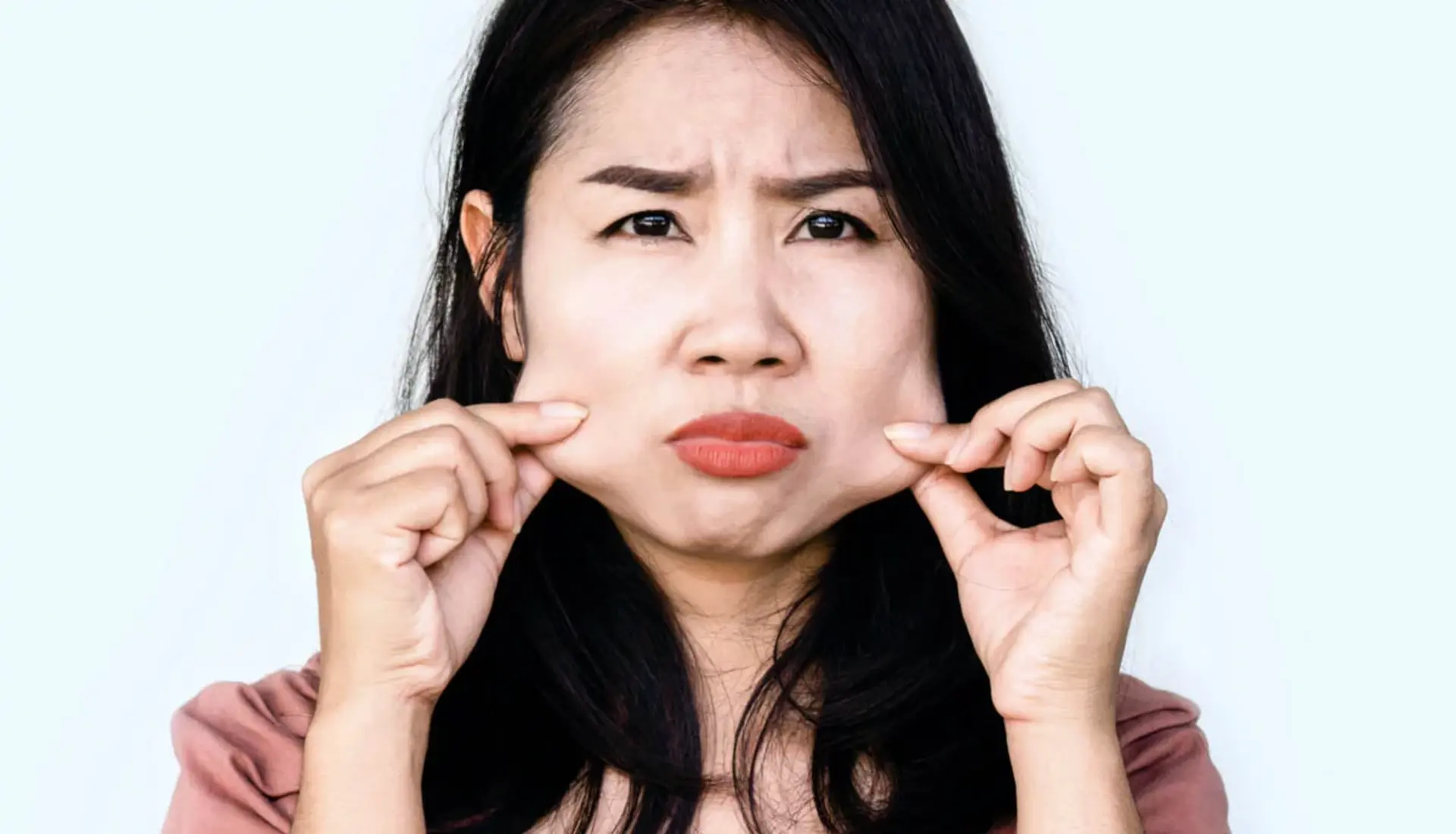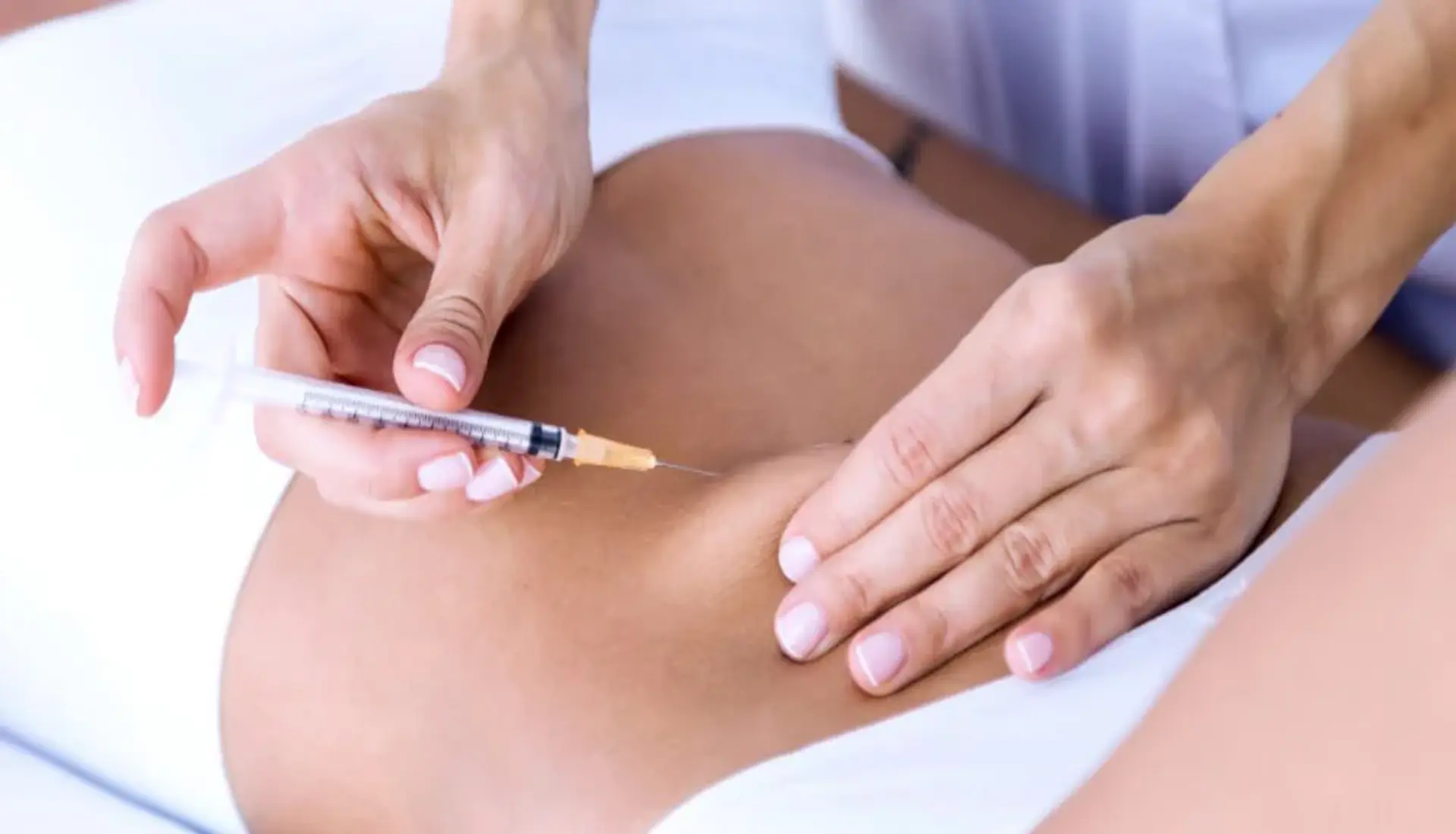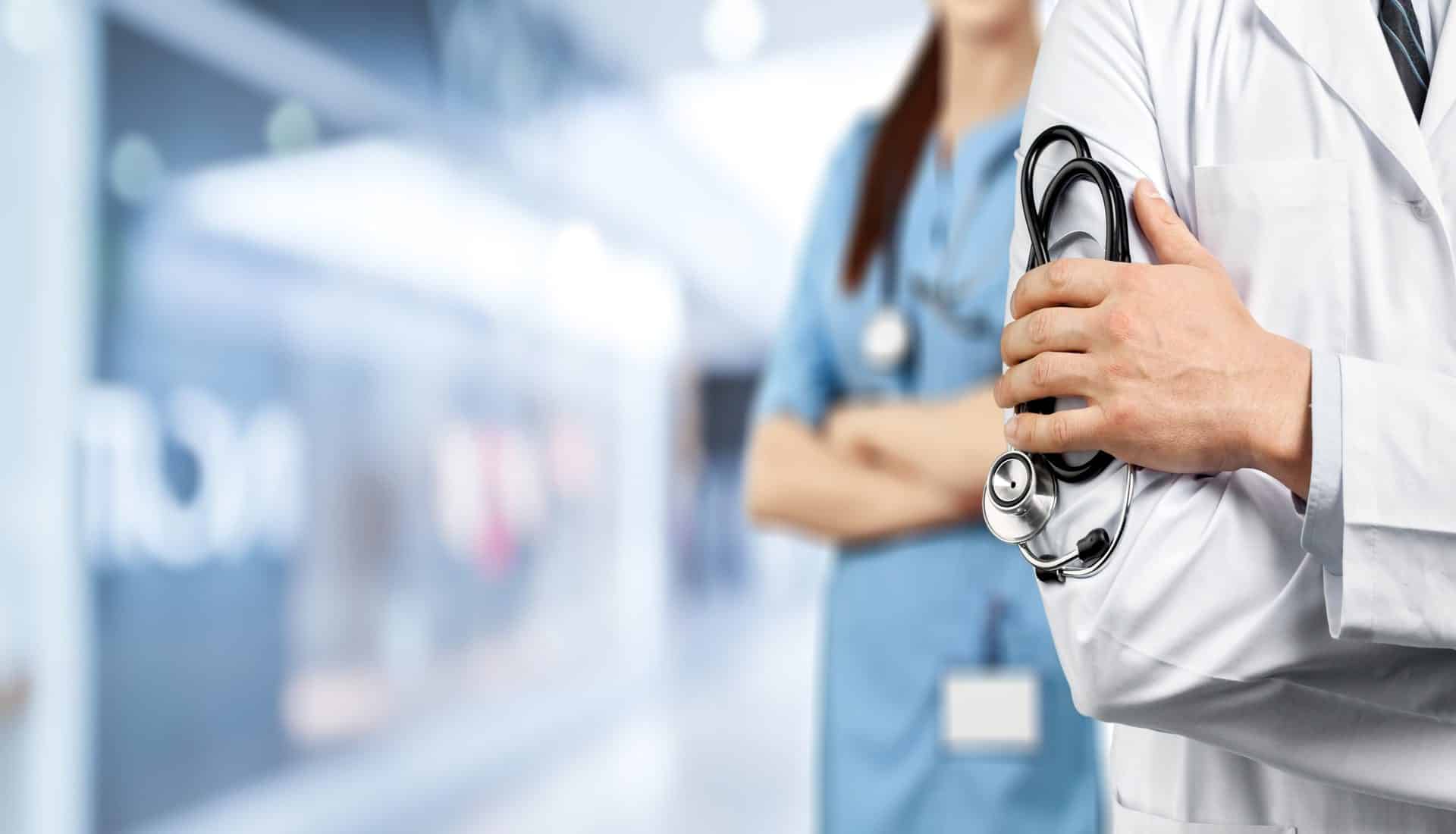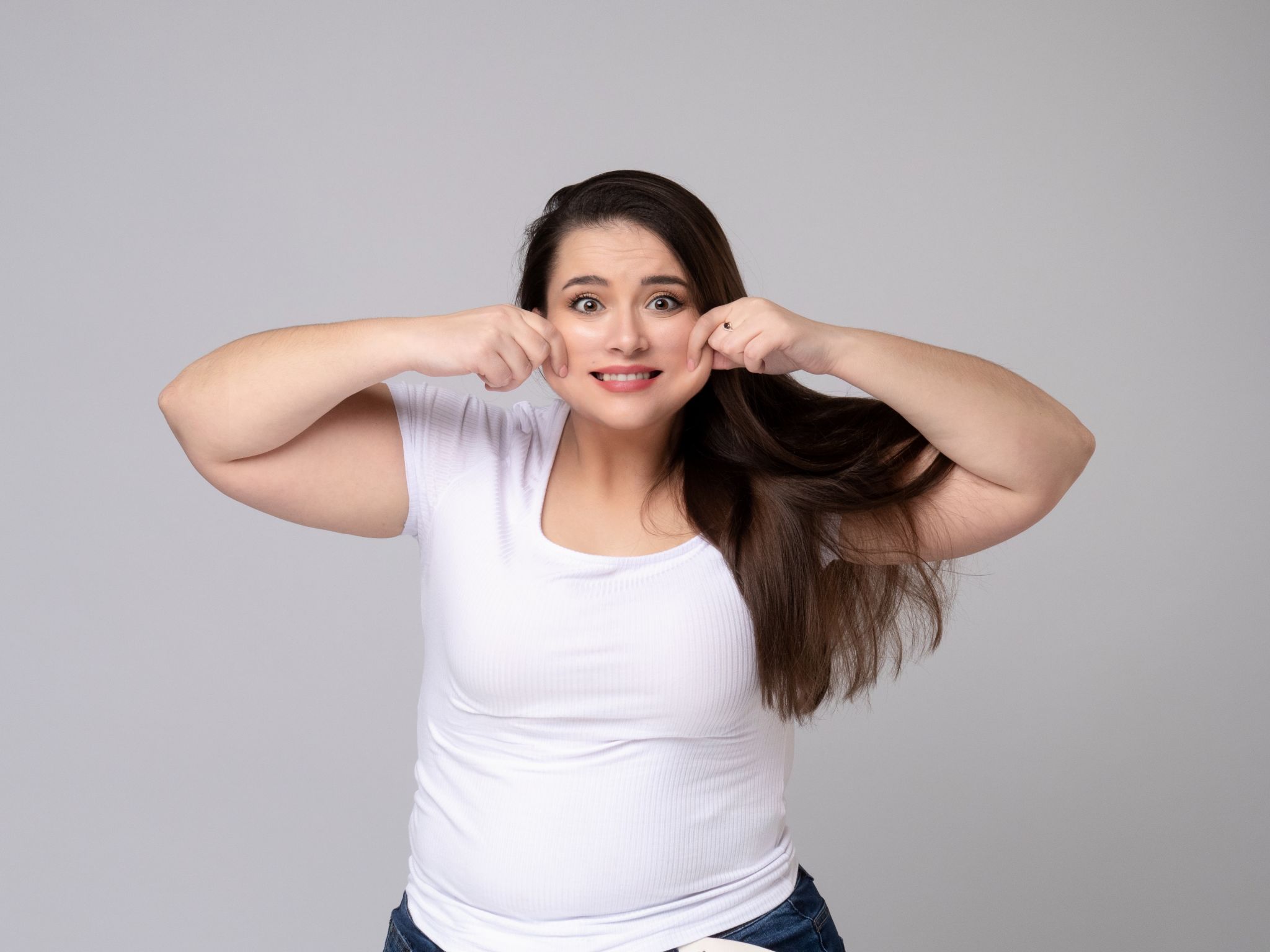
BUCCAL FATS AND WHAT TO FEEL ABOUT THEM
There is a fatty area in the center of each cheek is called the buccal fat. It can be found in the recessed area under your cheekbone, in the space between your facial muscles. The roundness of your cheeks depends on the size of your buccal fat pads.
The fat in the cheeks of the mouth is universal. Buccal fat pads can range substantially in size.
You may feel self-conscious about having a round face if your buccal fat pads are particularly huge. It’s also possible that you’ll identify with the expression “baby face.”
Having fuller cheeks is not a negative trait. However, buccal fat reduction may be recommended by a plastic surgeon if you wish to reduce their size. Those with round faces can benefit from this procedure to make them appear narrower.
Read on if you’re thinking about having fat removed from your buccinator, and I’ll fill you in on the process and any potential problems you might have.
At Nexus Clinic we also provide Mesolipo fat melting without any surgery, contact us and our beauty consultant can advise you on other painless methods to lose cheek fat.
DEFINITION OF “BUCCAL FAT EXTRACTION”
In the realm of cosmetic surgery, the elimination of excess fat from the cheeks and nose is a common procedure. This procedure is also known as a cheek reduction or buccal lipectomy.
The surgeon will cut out the fat pads (called buccal fat) from your cheeks. Cheekbones become more prominent and contours are refined.
The procedure can stand on its own or be combined with others, such as:
- Facelift
- Rhinoplasty
- Facial plastic surgery chin augmentation
- Implantation of filler material into the lips
- Injectable Botox
WHO WOULD BENEFIT FROM LIPOSUCTION OF THE CHEEKS AND CHIN?
- If you have any of the following conditions, you may benefit from having buccal fat removed. If you’re aiming how to lose cheek fat fast, you need to qualify in these criteria:
- It’s safe to say that your body is functioning normally.
- You’ve reached a good weight for your height.
- You’ve got a fuller, more round face.
- You feel self-conscious about your rounded cheeks.
- Pseudohernia is what ails you (small rounded fat mass in the cheek due to weak buccal fat pad).
- It sounds like you want to have surgery to make your face more feminine.
- Expectations on your part are reasonable.
- That’s because you’re not a smoker.

NO ONE SHOULD ATTEMPT TO ELIMINATE THEIR BUCCAL FAT. FOR THE REASONS LISTED BELOW, IT MIGHT NOT BE THE BEST IDEA:
If it’s a thin face you have, you may experience sunken cheeks as you get older if your face is naturally thin and you decide to have cosmetic surgery.
This is a progressing case of hemifacial atrophy (Parry-Romberg syndrome). When learning how to lose cheek fat when skinny, reduced facial skin on one side is a symptom of this extremely unusual condition. The buccal fat pad has been linked to this condition.
In an instance, you’ve aged. Facial fat diminishes as a normal part of the aging process. This technique may accentuate sagging skin and wrinkles on the face.
It’s best to find out if you’re a good candidate for a plastic surgeon.
BUCCAL PROCESS: HOW DOES ONE GO ABOUT DOING IT?
Ahead of the operation
It is customary to discuss the following with your plastic surgeon before undergoing a cosmetic procedure:
- Assumptions and objectives
- Health issues
- The present drugs you’re possibly taking, including supplements
- The use of tobacco products, illicit drugs, and other intoxicants
- Drug intolerance
- Previous operations
Your plastic surgeon can use this data to decide on the best course of treatment, weigh the risks, and plan for your recovery.
Some drugs may require discontinuation or blood tests may be required prior to the surgery.
The plastic surgeon will examine your face and take photographs to help with the preoperative planning process.
Along the course of the operation
The operation can be performed either at a clinic or a hospital. For the most part, it entails the following:
During operation
Getting only your buccal fat removed requires local anaesthetic in the face. You won’t experience any discomfort, but you will be fully alert.
General anesthesia may be used if you are undergoing multiple procedures at once. You will require transportation to and from the surgical facility.
To perform this procedure, your surgeon will make an incision inside of your cheek. They’ll apply force to the outside of your cheek to pull the buccal fat pad even lower to the gum line.
The excess fat will be surgically removed.
Dissolvable stitches will be used to seal the wound.
Following the operation
You’ll be sent home with antibacterial mouthwash to use before eating or drinking. Incision care is something your doctor will go through with you.
For a number of days, you must subsist solely on liquids. The next step is to eat soft meals, after which you can go back to your regular diet.
Your face will be puffy and you may bruise after surgery. You should feel better when both fade away.
In most cases, you’ll be back to normal in approximately three weeks.
Pay close attention to your doctor’s advice regarding self-care and nutrition during your time of recovery. Don’t miss your follow-up visits.
After a few months, you should start to see progress. Your cheeks will take some time to adjust to their new position.
HOW RISKY COULD IT BE TO HAVE MY BUCCAL FAT REMOVED?
In most cases, removing fat from the cheek creases is a risk-free procedure. But unintended consequences are always a possibility with any kind of medical intervention.
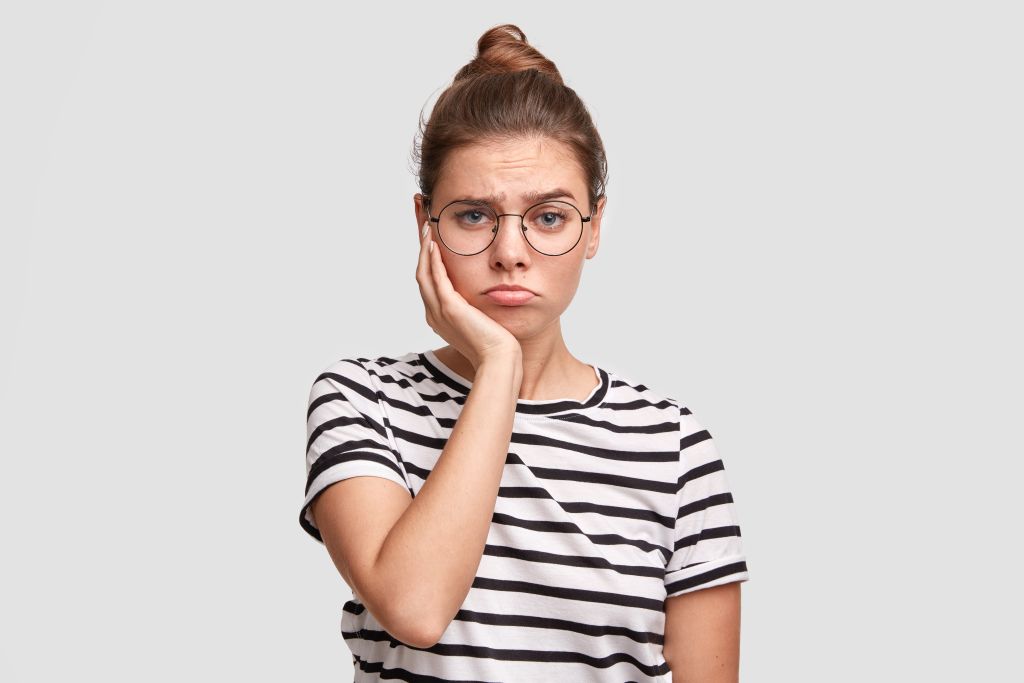
POTENTIAL BUCCAL FAT REMOVAL SIDE EFFECTS PROBLEMS CONSIST OF:
- Profuse Bleeding
- Infection
- Adverse Anesthetic Reaction
- Hematoma
- Lockjaw
- Seroma (Fluid Accumulation)
- Injury To The Salivary Glands
- Disruption Of The Facial Nerve
- Deep Vein Thrombosis.
- Negative Effects On The Heart Or Lungs
- The Practice Of Excessive Fat Loss
- Incomplete Or Uneven Facial Features.
IF ANY OF THESE SYMPTOMS PERSIST OR WORSEN, MEDICAL ATTENTION IS RECOMMENDED.
- Feeling out of breath
- Hurting chest
- Irregular heartbeat
- Profuse bleeding
- Excruciating agony
- Manifestations of an infection
IF YOU’RE WONDERING HOW MUCH MONEY IT WOULD NEED TO GET THIS DONE.
If you’re asking the buccal fat removal cost, The cost of this liposuction of the buccis is between $2,000 and $5,000.
Discuss the whole cost with your surgeon’s office before proceeding with surgery. To find out if installment options are available, you should inquire.
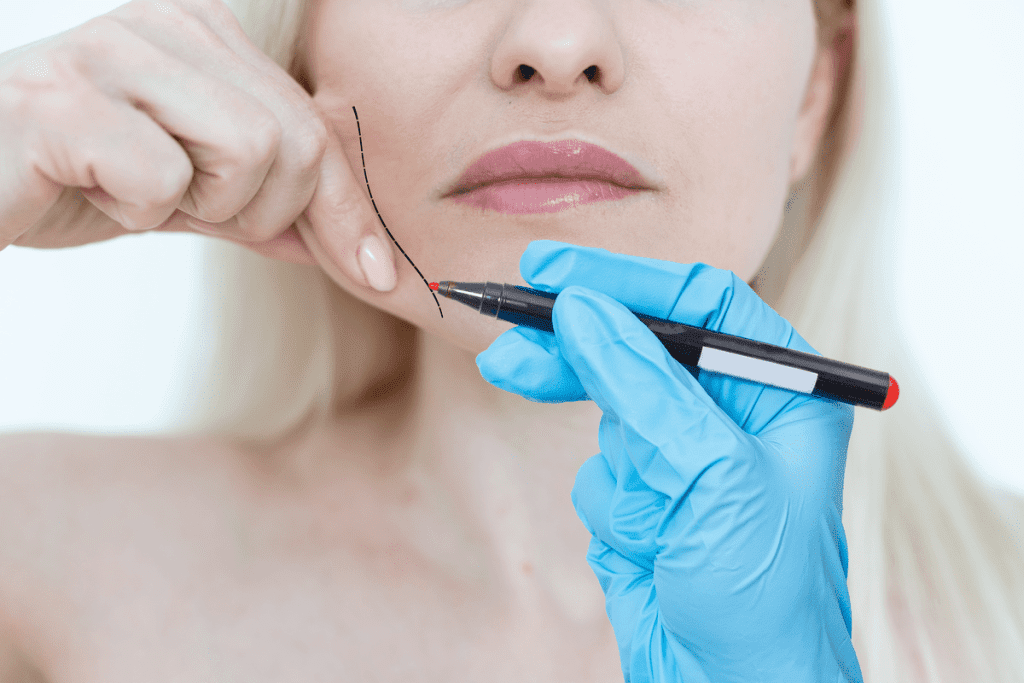
WHERE MAY I LOOK FOR A PLASTIC SURGEON WHO HAS COMPLETED THE APPROPRIATE TRAINING?
For accurate buccal fat removal reviews, you should seek a plastic surgeon who is both board-certified and has experience in liposuction of the buccal area. This will guarantee that your procedure goes well and without incident. This means they were educated and trained in accordance with industry requirements.
LESSONS LEARNED
It is possible to minimize the size of your cheeks with a surgical procedure called buccal fat reduction. When a surgeon cuts out the fat pads on the cheeks, the face instantly looks thinner.
If you have a broader face and meet the health requirements, you could be a good candidate.
The method has a high rate of confidence in its safety. Some weeks will need to pass before you may consider yourself recovered.
There is a possibility of problems, as there is with any operation. Consult a reputable plastic surgeon who has completed residency training.
